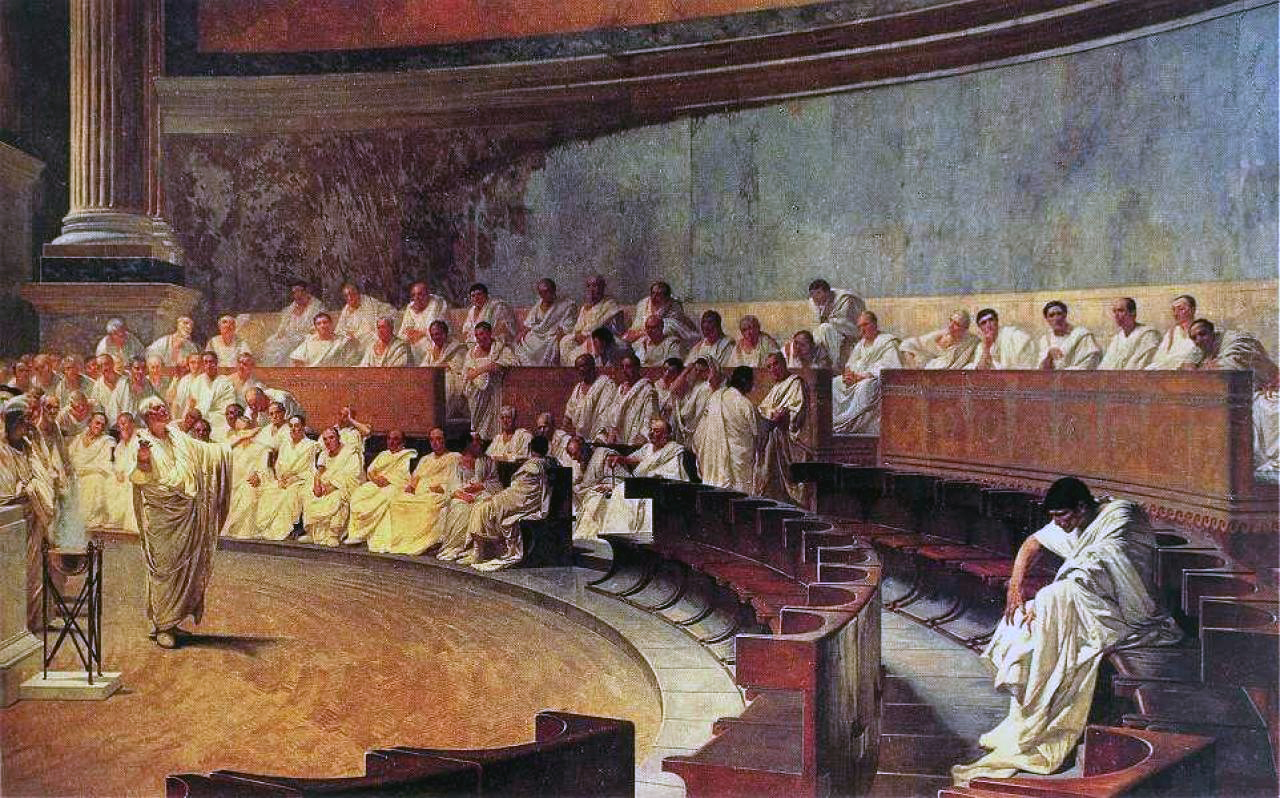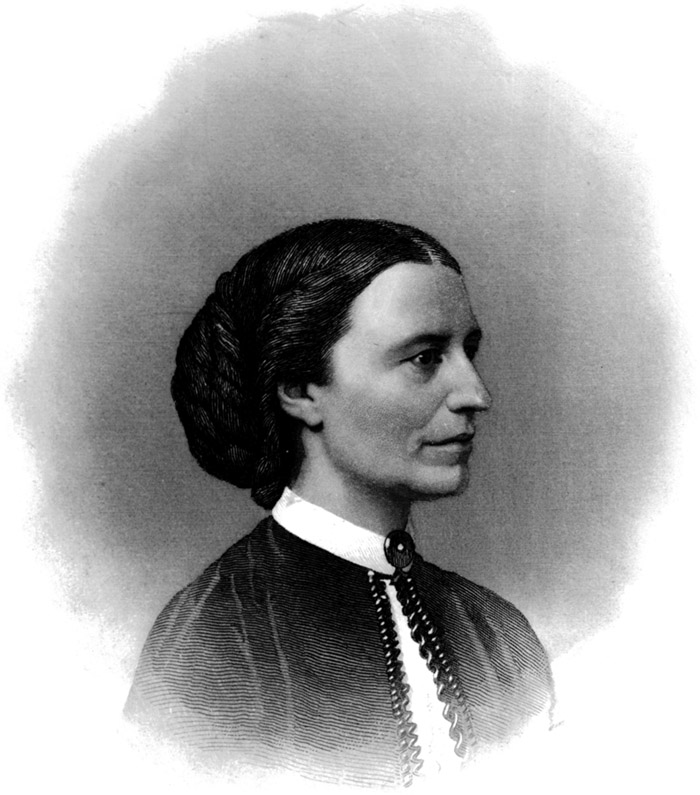Julia Catherine Stimson (1881-1948) was a nurse who led a remarkable life. This included playing a key nursing role for the United States in World War One, notably leading all American nurses in France. Here, Matt Goolsby follows his articles on US Civil War nurses Clara Barton (here) and Cornelia Hancock (here), and continues his series on Nurses in War.
Julia Catherine Stimson in 1920.
Into the Twentieth Century
The early 20th century in the American experience brought forth several foundational technological changes.
The automobile was introduced along with the highly efficient manufacturing assembly line innovated by Henry Ford. Many Americans could save for and afford a new Model T nicknamed ‘Tin Lizzie’ for a mere $300.
The Wright brothers championed flying in Kittyhawk, North Carolina, thus forever changing the nature of travel.
With these technological innovations, the nature of warfare dramatically changed.
By the start of World War I, the mechanisms of war utilized a much broader array of innovative weapons that included: aircraft that dropped artillery over the battlefield, tanks that charged positions indiscriminately, flamethrowers that were used to ‘vacate’ captured trenches, and submarines that decimated convoys carrying much needed supplies.
Fortunately, medical care had also made huge advances forward in the treatment and care of the critically wounded.
One of the modern inventions of the day was the X-Ray machine. Cumbersome for the time and unable to be used on a mobile platform, Madam Marie Curie developed smaller, portable units called “Little Curies” that could be utilized at field hospitals.
Educational foundations
The United States Army had come a long way since the Civil and Spanish-American War eras by the early 1900s both in its view of the medical profession and nurses in particular. Numerous advancements in the care of the wounded led to a much greater survival rate despite the weapons used in World War I.
Gone were the days that nurses were ‘Volunteers’ or on contract. They were now fully-fledged members of the US military. Stepping into the spotlight at this time was Julia Catherine Stimson.
Julia was born in Worcester, Massachusetts on May 26, 1881 to Dr. Reverend Henry A. Stimson and Alice Wheaton Bartlett Stimson. She was the second of seven and was born into a prominent family that had distinguished itself in Public Service.
Dr. Lewis Atterbury Stimson, her uncle, was a surgeon who was the first to perform a public operation utilizing a procedure known as the ‘Joseph Lister antiseptic technique’. He also wrote the original charter for Cornell University’s medical school and helped to secure an endowment to open it.
Julia’s cousin Henry L. Stimson, her uncle Lewis’s son, became the Secretary of War and Secretary of State under President Franklin Delano Roosevelt. His sister Candace also served in World War I administering the anti-tetanus serum.
Public Service was born into the Stimson lineage.
A recurring theme throughout Julia’s life was the transient nature of her career path. Having had a father who was a pastor, there were times that the family relocated from its Northeastern locale.
When Julia was five, the family moved to St. Louis so that her father could take the job of pastor at the Pilgrim Congregational church, part of the United Church of Christ. Seven years later, the family relocated to New York where her father took the job of Pastor of the Broadway Church in Manhattan, New York City and where she attended the Brearley school. This is where her education took a profound turn forward as shown in her writings.
The private Brearley school for girls was founded by Samuel A. Brearley Jr. in 1884 as an institution whose mission as their website states is: “To provide young women with an education comparable to that available to their brothers.”
Women were not given the same opportunity for education in the late 19thcentury as their male peers, so this proved to be a foundational event in her young life.
Upon graduating from Brearley, Julia began studies at the Vassar Women’s college in Poughkeepsie, New York. She started her college career at the tender age of 16 and graduated in 1901 with an A.B. degree along with her eldest sister Alice. Her three younger sisters also graduated from Vassar; Lucille in 1904, Dorothy in 1912, and Barbara in 1919.
It is of note that when she graduated she wanted to become a physician, but her parents and uncle Henry Stimson discouraged her from entering the male dominated world of medicine. Her youngest sister was later able to enter the medical profession as an orthopedic surgeon, as their parents relaxed their standards with the most juvenile offspring.
Personal experience leads to Nursing
In 1903, Julia was hospitalized for a chronic skin condition, and it was there that she met who was to become her mentor, Annie Warburton Goodrich, head of the New York Hospital Training School for nurses. Ms. Goodrich would later go on to become the first Dean of Yale School of Nursing.
Through this relationship, Julia enrolled in the New York Hospital training school and graduated in 1908. She became supervisor of nurses at Harlem Hospital from 1908 to 1911, thus honing her leadership skills.
Her career would be further refined through numerous posts until the latter part of World War I when the United States entered the war.
A succession of graduated experiences included being the head of social service at Washington University Medical Center in St. Louis, and later becoming the Superintendent of the Training School for Nurses at Barnes Hospital and then St. Louis Children’s Hospital.
She even managed to fit in a Graduate degree in Sociology while living in St. Louis.
The many work and life experiences that Julia had, prepared her for the trying times to come.
Chief of Nurses
With the American entrance into World War I on April 2, 1917, Julia Catherine Stimson volunteered to join the US Army Nurses Corps and became the Chief Nurse of Base Hospital #21 at Barnes Hospital in St. Louis. This unit would soon be transferred to Rouen, France to care of the wounded on the front lines.
She effectively organized and selected the nurses who would accompany her to the European theater. Her writings attest to the joy she felt at the privilege of being able to serve in a larger cause:
“Don't you worry about me one least little bit. I am having the time of my life and wouldn't have missed it for anything in the world.”
– Written May 25, 1917 onboard ship.
–
Her humanity and compassionate spirit come through in much of her writing, although it was often mistaken that she was a cold-hearted administrator:
“In the blinding light of war, her dominant personality stood out in the same bold outlines as did her Amazonian physique. Her regular, boyish features habitually wore a thoughtful expression, which brought to the observer an impression of dignity and power. Her well-trained mental processes, clean-cut often to the point of brusque speech, were as direct in their focus as were her keen blue eyes.”
While some may have found this complimentary, she took offense at how she was portrayed by some of her peers and complained that she was unfairly characterized. It is written that she was a shy and sensitive woman who clearly knew what her work in life was to be.
She demonstrates her sensitivity to the horrors of war in a letter dated, July 16, 1917 from Rouen, France:
“On the fourth of July we thought how like a home Fourth it was, but here the popping and the shots sound every day. And it is not fireworks that are being shot off. At neighboring camps there are experts in bayoneting, experts in gassing, experts in Hate Talk. There are actually special men who sometimes talk to as many as three thousand men to make them feel that their chief business is to kill. It is incomprehensible. Whenever will this toppling world right itself?”
As the war continued, Julia was right in the middle of treating the most critically wounded. Her courage along with the nurses in her charge was evident numerous times in her letters. She writes of an incident that occurred on September 28, 1917:
“A nurse was holding a droplight over the bed, another nurse was holding the arm, a doctor was adjusting the tourniquet so that the vein would show up well, then the two men who were working were bending over the arm, I was handing them instruments, for I was scrubbed up, since everything must be sterile. The patient was just gasping, rapidly growing worse, but the point went in successfully and the blood began to flow into his vein, when all the lights went out and the patient stopped breathing!”
Unfortunately, the patient she wrote of passed in the middle of being treated. However, her fortitude was put to good use many times as demonstrated when her younger brother Philip, himself a doctor who was assigned to a company of the US Army in France, was wounded by random shrapnel fire.
After being treated, Julia worked diligently to have her brother transferred to her hospital unit to be in her care and had a personal escort from her hospital unit, a Captain Veeder, also a doctor, travel with her 130 miles via ambulance to retrieve Philip. They drove all the way back to her assigned hospital unit in Rouen where she was able to oversee his care and convalescence. It is remarkable what she did to care for others!
First Colonel of the Army Nurse Corps
As the war continued on, Julia was reassigned to the American Red Cross in Paris where she became the Chief Nurse in France with 10,000 nurses reporting to her. Her administrative abilities came to full fruition with this assignment and the next in November 1918, as she became the director of nursing for the American Expeditionary Forces.
The relationship between the American Red Cross and the US Army was and is a close one as the Red Cross has a unique charter of working in an integral way with the US military.
When the war ended, Julia returned to the US and was appointed the acting Superintendent of the Army Nurse Corps and the Dean of the Army School of Nursing. Her appointment became permanent at the end of 1919.
With the passage of the amended Defense Act on June 4, 1920, she became a major in the US Army, the first and only woman of that rank at the time.
She went on to serve as the Superintendent of the Army Nurse Corps until 1937 when she retired having served her country for twenty years caring for those in need.
When World War II broke out, she was recalled to Active Duty to recruit women for the Army Nurse Corps. She was promoted to the rank of Colonel shortly before she passed away in September of 1948 at the age of 67.
It is awe inspiring to read about the courageous nature and beautiful spirit that Julia Stimson graciously demonstrated throughout her life as well as the relationships she developed that lasted her entire career.
May we each be motivated to live a life that inspires and moves others to good deeds.
What do you think of Julia Catherine Stimson? Let us know below.
References
Julia Catherine Stimson, “Finding themselves: The letters of an American Army Chief Nurse in a British Hospital in France”, The Macmillan Company, New York, September 1918.
Lavinia L. Dock,Sarah Elizabeth Pickett,Clara D. Noyes,Fannie F. Clement,Elizabeth G. Cox, Anna R. VanMeter, “History of American Red Cross Nursing”, The Macmillan Company, New York, 1922.
“Twelve Technological advancements of World War I”, http://mentalfloss.com/article/31882/12-technological-advancements-world-war-i
“Alumni of Vasser College – Julia Stimson”, http://vcencyclopedia.vassar.edu/alumni/julia-stimson.html
“Lewis Atterbury Stimson – Partial Biography”, https://en.wikipedia.org/wiki/Lewis_Atterbury_Stimson
“The Brearley School”, https://www.brearley.org/page/about/our-history
“Julia Catherine Stimson and the Mobilization of Womanpower” – Marion Hunt, http://beckerexhibits.wustl.edu/mowihsp/articles/Stimson.htm
“The history of Red Cross Nursing”,https://www.redcross.org/about-us/who-we-are/history/nursing.html




















